While researching for my upcoming video on the 1947 film "THE UNFAITHFUL," I came across an article in the April 3, 1940 edition of the Brooklyn Daily Eagle that detailed a highly publicized, but now forgotten, incident involving Ann Sheridan and one of her fans.
By 1940, Sheridan, through years of work had transitioned from stand-in, to small uncredited parts, to speaking roles and eventually larger supporting roles. Her career received a significant boost when the Warner Brothers' publicity team bestowed upon her the gimmick title of the "Oomph" Girl.
"Oomph" was essentially a contemporary iteration of the 1920s concept of "It," signifying a woman's undeniable sex appeal. Sheridan's "oomph" was reinforced through a series of glamour shots taken by photographer George Hurrell, propelling her into the stratosphere of 1940s pin-ups. She became the dream girl of a million college boys across the country and it's within this context that the incident recounted in the newspaper article takes place.
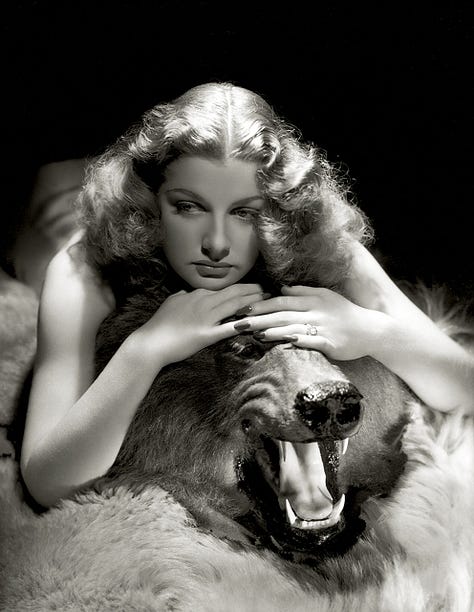

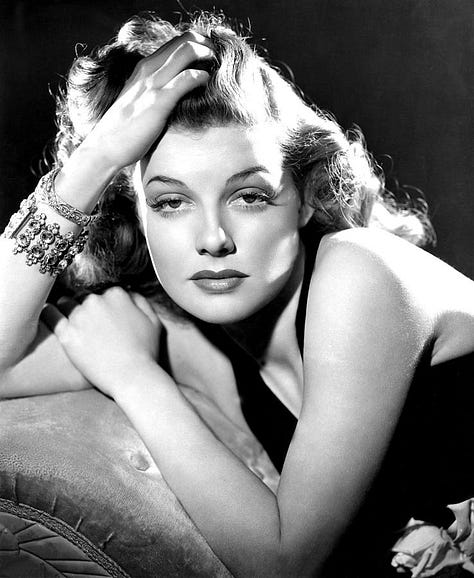
While heading into the premiere of "IT ALL CAME TRUE" (1940) with co-star Jeffrey Lynn, the film featured Sheridan in her first leading role, 19-year-old Dick Brunnenkamp, a student at the University of California Los Angeles, handcuffed himself to Ann Sheridan and then swallowed the key.
Initially, many suspected it was another wacky studio publicity stunt. However, it turned out to be an impulsive action spurred on by a dare. Brunnenkamp's fraternity brothers, aware of his obsession with Ann Sheridan, bet him one dollar that he wouldn't do it.
Brunnenkamp told the press: "I'd been trying to meet Miss Sheridan for months. Then I read about how Harry Lehr handcuffed himself to a girl in Newport twenty-five years ago as a last-resort attempt to meet her."
Brunnenkamp’s stunt was an outrageous act indicative of an era where celebrity worship was reaching new heights. During the 1930s and 1940s, dozens of fan magazines reported on (with the studio’s cooperation and strict control) the lives, loves and careers of movie stars. Hollywood actors and actresses became iconic symbols of glamour, allure, and fantasy.
Fans idolized these stars, often forming intense emotional connections with them despite knowing very little about their personal lives beyond what was portrayed in the media. They developed intense attachments, often projecting their own desires, fantasies, and emotions onto them. The incident involving Ann Sheridan highlighted the extreme lengths to which some fans would go to express their devotion, admiration or love.
The press took a good-natured and comical approach to reporting the story, leading with: "Dick Brunnenkamp, who handcuffed himself to Ann Sheridan and swallowed the key, reported today that he was suffering from a slight stomach ache. He said he didn't know whether it was caused by the hardware or a midnight supper."
There is a disturbing element to the press coverage of this incident. By treating Brunnenkamp’s actions as a humorous anecdote, the press trivialized the potentially dangerous nature of his behavior. The news stories played down, or did not even bother to report on, Sheridan’s response. There was no discussion of the serious implications of his actions, and the stories failed to recognize the obvious underlying issues of obsession, boundary violation and the potential physical and psychological harm inflicted on Sheridan.
The incident sheds light on the challenges faced by celebrities in managing their studio created public image and personal boundaries. Stars' images were highly curated and controlled, leaving them with very little say over how they were portrayed to the public and how the public digested and then reintroduced those images into the culture.
When scientists named the atomic bomb scheduled to drop on the Bikini Atoll "Gilda," after the character played by Rita Hayworth in the classic 1946 film noir, Hayworth was livid. Her then-husband Orson Welles told Hayworth biographer Barbara Leaming, “Rita almost went insane, she was so angry. She was so shocked by it… She wanted to go to Washington to hold a press conference, but Harry Cohn wouldn’t let her because it would be unpatriotic.” Against her wishes, Hayworth's image remained on the bomb.
But, even in the 1940s, the phenomenon of the overzealous, obsessive fan was nothing new.
“In 1841, fans of Franz Liszt, the Hungarian composer, were so intense that their adoration was called “Lisztomania” or “Liszt fever.” Fans, often women, would rip off pieces of Liszt’s clothing, steal his cigar butts and put them in their bosoms, throw their underwear onstage, or fight over his broken piano strings. In 1893, when Sir Arthur Conan Doyle killed off his character Sherlock Holmes in "The Final Problem," readers reacted by sending furious letters to Doyle and, according to some accounts, wearing black bands around their arms to publicly display their grief. Doyle ended up bringing Holmes back to life at his readers’ behest.” ("Fan of Fans," Shayla Love, VICE, March 29, 2021)
While Warner Bros. was promoting Ann Sheridan as the 'Oomph' girl and emphasizing her sex appeal, Sheridan herself disliked the title and what it represented. In a 1965 interview with John Kobal for his book "People Will Talk," Sheridan expressed her feelings: "That’s not me. I would rather be known as an actress. But I can’t escape the 'Oomph' thing".
Warner Bros. portrayed Sheridan as a sexualized object of desire, but in reality, she saw herself more as a sporty tomboy, enjoying activities like swimming, ice skating, and basketball.
But, tomboy Ann Sheridan did not sell movie tickets. Since access to classic-era stars was limited to writing letters to the studios, forming official fan clubs, or clipping photos from fan magazines for better or worse, a distinct separation existed between the studio-curated image and reality, leading the public to perceive these classic-era stars through the lens of their carefully crafted studio personas.
Following the end of the studio era, the public's relationship with celebrity culture underwent significant changes. The decline of the studio system granted stars greater independence and control over their public image. Concurrently, the rise of paparazzi culture intensified scrutiny of celebrities' personal lives, leading to the erosion of privacy and boundaries.
Today, increased security measures ensure that no fan is likely to break through at a premiere and handcuff themselves to their favorite movie star. However, with the prevalence of social media, one can easily imagine that if Dick Brunnenkamp and Ann Sheridan were alive today, Brunnenkamp would enjoy a parasocial relationship with Sheridan, perhaps being a member of the #Oompharmy, posting Ann Sheridan mood boards on Tumblr, and writing cringy Ann Sheridan fan fiction on Wattpad.
In the moments after Brunnenkamp handcuffed her, Sheridan’s initial response was, "I ought to slap you down... Please, oh please, let me loose! I want to see this picture!" In the end, Ann declined to press charges and treated Brunnenkamp to dinner at a nightclub. The story made international headlines with one paper having the audacity to caption a photo of the two: "She considered the act a compliment and bought him a midnight supper."
Overall, this incident is an interesting footnote in the career of Ann Sheridan and also in the dynamics of fandom and celebrity culture in the studio era. However, it also illustrates the evolving and complex relationship between celebrities and their fans, serving as a notable example of the extremes to which some individuals may go in pursuit of their idols.
Here’s the entire article from the Brooklyn Daily Eagle:
New to the Blu-Ray/DVD SHELF
THREE COMRADES (1938)
This one is a new favorite. I’m not a huge fan of Robert Taylor, but whenever he’s paired with a first class actress (like here with Margaret Sullavan or with Garbo in Camille), he manages to give a pretty good performance. But, the stand outs in THREE COMRADES are definitely Margaret Sullavan and Franchot Tone.
“World War I is over, let the living begin. So three German soldiers open a repair ship and get on with their lives. Erich (Robert Taylor) finds unexpected love with frail Patricia (Margaret Sullavan), Gottfried (Robert Young) falls in with a verboten anti-nationalist group, Otto (Franchot Tone) approaches each day with worldly cynicism. And through all that's to come, the men know they will remain Three Comrades. This lyrical adaptation of Erich Maria Remarque's novel is one of F. Scott Fitzgerald's rare screenwriting credits. Melodrama virtuoso Frank Borzage (Seventh Heaven) directs. And as Patricia, Sullavan remains the film's luminous soul, its cherished fourth comrade.”
You can purchase THREE COMRADES here
THE EX MRS. BRADFORD (1936)
A fun screwball comedy with Jean Arthur as charming as ever.
“Jean Arthur teams with William Powell in a playful murder mystery that proves Myrna Loy isn't the only beautiful, fluty-voiced comedienne who can trade banter and hunt killers with the suave star of The Thin Man series. The yarn begins when a jockey heads for that great post position in the sky during a major race. Mystery writer Paula Bradford (Arthur) is sure it's murder. Her ex-husband Dr. Lawrence Bradford (Powell) is sure she's nuts -- until a dead body at the doctor's doorstep makes him suspect #1. Then the exes are off to the races tracking clues and risking their lives discovering whodunit and rediscovering why they got hitched in the first place.”
You can purchase THE EX-MRS. BRADFORD here
UPCOMING NEW BOOK RELEASES
Ann Sheridan: The Life and Career of Hollywood's Oomph Girl by Michael D. Rinella
Available June 2024
I wonder if there will be more in depth coverage of the Brunnenkamp incident.
“In this first-ever full-length biography, Ann Sheridan's colorful life and 34-year career are examined in detail, including her long climb to motion picture stardom, the years as a top box-office draw, her three marriages, and other significant romantic relationships.”
You can pre-order the book here
NEW TO THE BOOKSHELF
The Double Indemnity Murder: Ruth Snyder, Judd Gray, and New York’s Crime of the Century by Landis MacKeller
The inspiration for Walter and Phyllis. No spoilers, but Walter and Phyllis were smarter.
“Queens Village was a picture-perfect postcard New York suburb. But in March 1927 the façade of respectability was stripped away to reveal an underside of greed, lust, and crime. Few incidents in crime history have been so notorious as the murder of Albert Snyder by his wife and her lover. Resonant of the footloose Jazz Age, it made persistent headlines and led to a sensational trial. The crime spawned a 1920s Broadway play and inspired the classic noir film of the 1940s, Double Indemnity. This book assesses the entire case, from grisly slaying and shabby cover-up to sharp police work and aftermath. Moreover, it explores sociocultural questions that beg to be answered: what effect does news reportage exert upon high profile cases, and why did such a transparent crime earn such an enduring place in the popular psyche?”
You can buy THE “DOUBLE INDEMNITY” MURDER here
Erich Maria Remarque: The Last Romantic by Hilton Tims
After rereading one of my all time favorite novels, Erich Maria Remarque’s A Time To Love and Time to Die and finally (after YEARS) watching the film adaptation for the first time (thank you MIRIAM!) I've been on a bit of a Remarque spree. I've almost finished this one; it's a quick read and a pretty by-the-numbers recounting of Remarque’s life and career. It includes stories of many classic Hollywood favorites like Billy Wilder , Dolores Del Rio and Marlene Dietrich. Given the difficulty finding anything on Remarque written in English, this book is a welcome resource.
“For more than seventy years Erich Maria Remarque's startlingly realistic and intensely moving anti-war novel All Quiet on the Western Front has remained a worldwide best seller. A political and literary sensation when it was first published, Remarque's masterpiece was banned and burned in the 1930s by the Nazis. Remarque was forced to flee Germany, and eventually, in 1939, he immigrated to America.”
You can find THE LAST ROMANTIC here
Puttin’ On The Ritz
Clark Gable’s charm is on full display in this fun dance number from the 1938 film IDIOT’S DELIGHT. Gable rehearsed the number for six weeks, often at home in front of his wife Carole Lombard, and this is the only time he would sing and dance on film.
THIS IS YOUR LIFE IDA LUPINO
Although you can tell she is visibly uncomfortable at the very beginning, this turns out to be a very touching tribute to one of my all time favorite Hollywood women.
THE WORLD OF WILLIAM LINDSAY GRESHAM
Friend of the channel and resident Gresham expert, Diego, gives a fascinating in-depth interview to Fellowship & Fairy Dust about the life and legacy of Nightmare Alley author William Lindsay Gresham.
and finally. . .
Cinema Cities is a one woman show written, produced, edited, researched, designed all by me, Sydney. If you’re loving this content please consider supporting Cinema Cities by becoming a paid member of this substack (you get cool extra stuff) or clicking here and joining my Patreon⭐️ (same cool extra stuff as the paid substack)
You can find a list of essential Cinema Cities books and movies here: Cinema Cities Favorites
🎵Like the music featured in the videos on the channel?
you can find a playlist with the music I've used here: CINEMA CITIES PLAYLIST
(And, if you sign up to Epidemic Sound through the playlist link, you'll get 1 month for free!)
I hang out on Twitter so come on over and say hi!
Email: CinemaCities1978@gmail.com
Disclosure: I may receive a commission or referral bonuses for purchases or sign-ups made through my links. I am a participant in multiple affiliate and referral programs, including Amazon and Epidemic Sound.








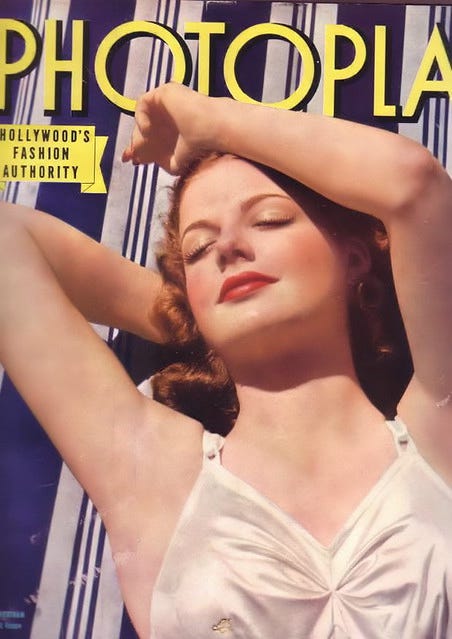

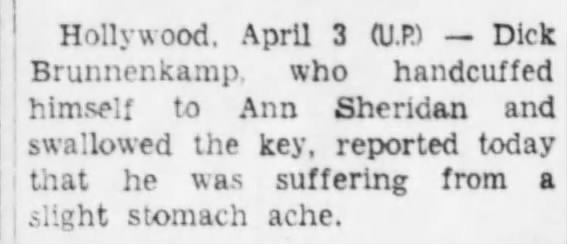
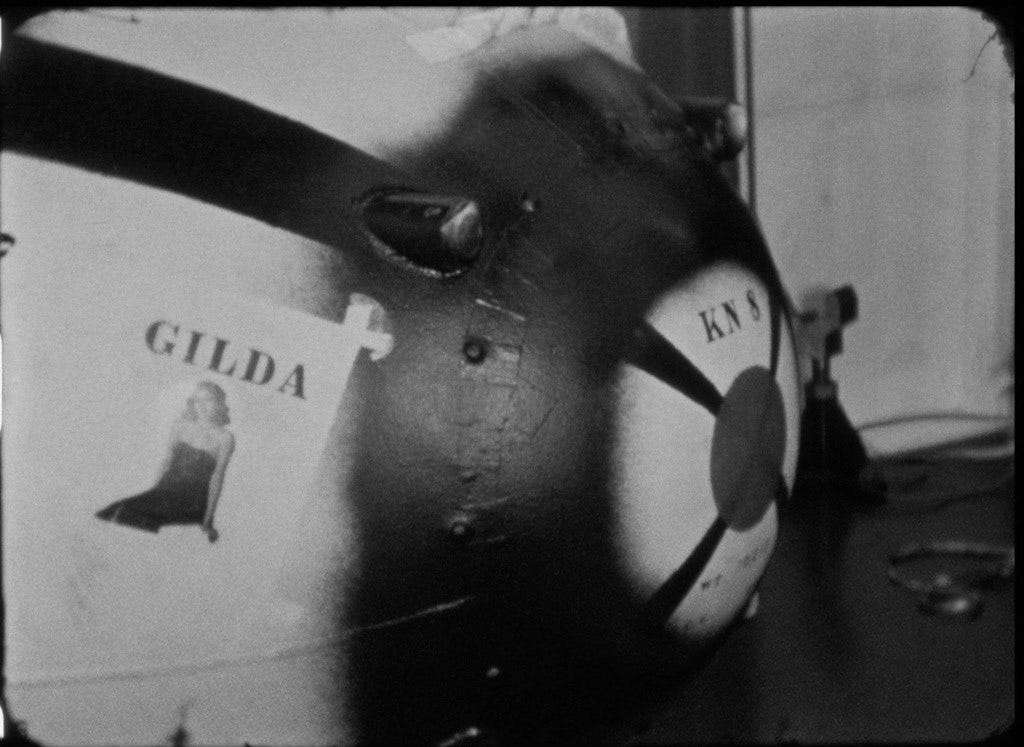
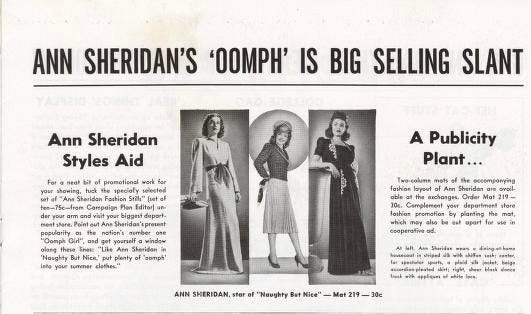


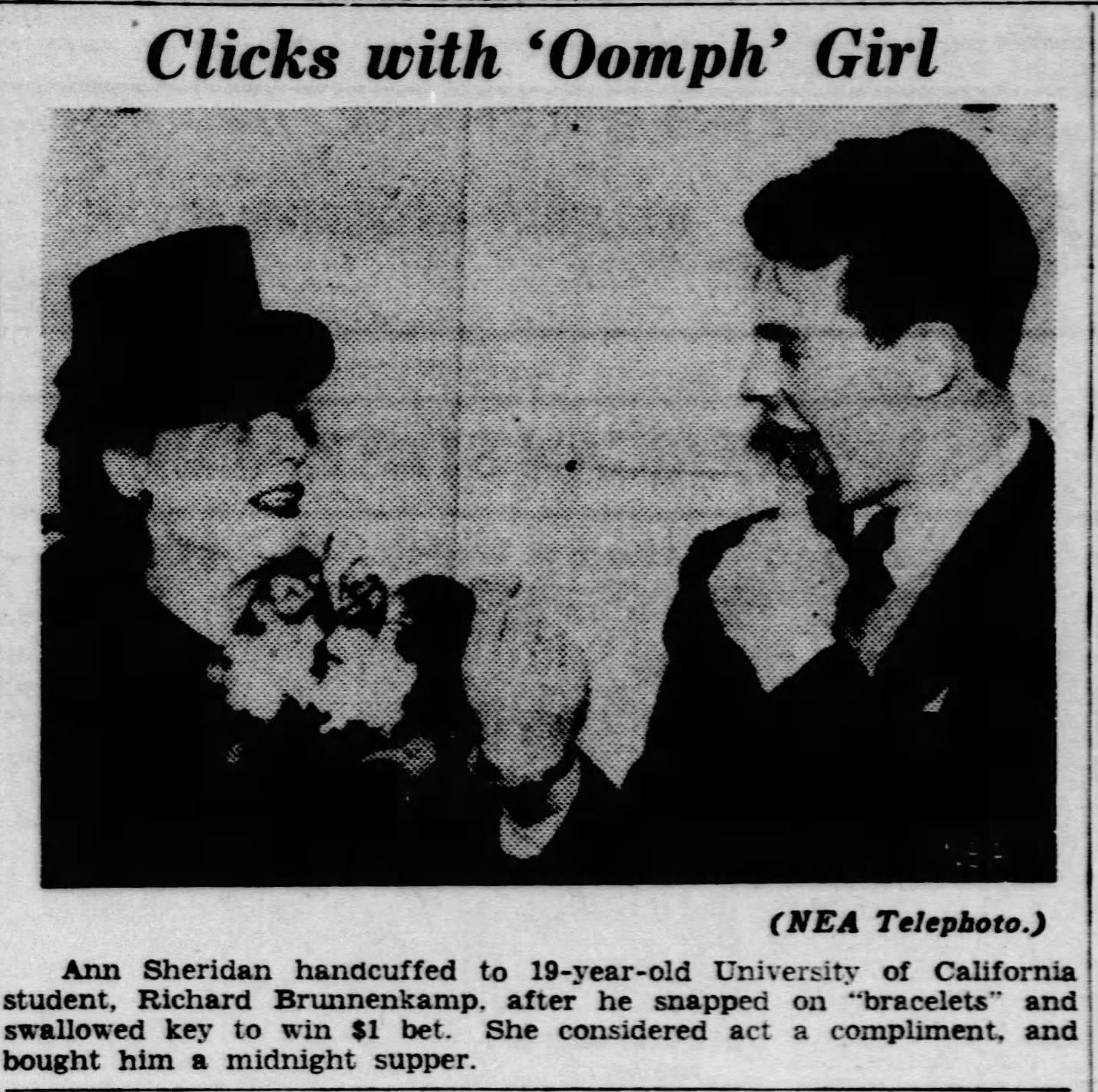
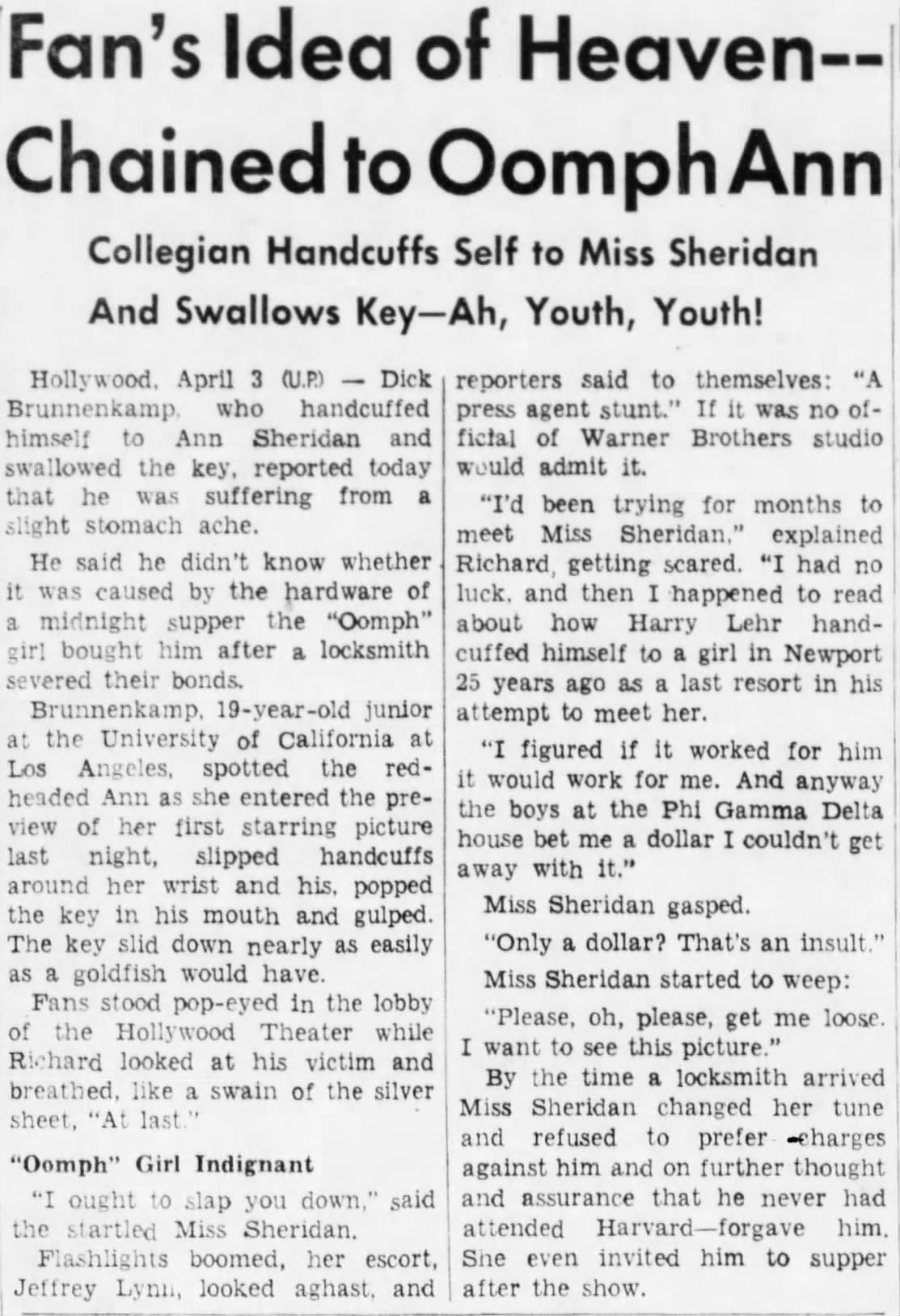


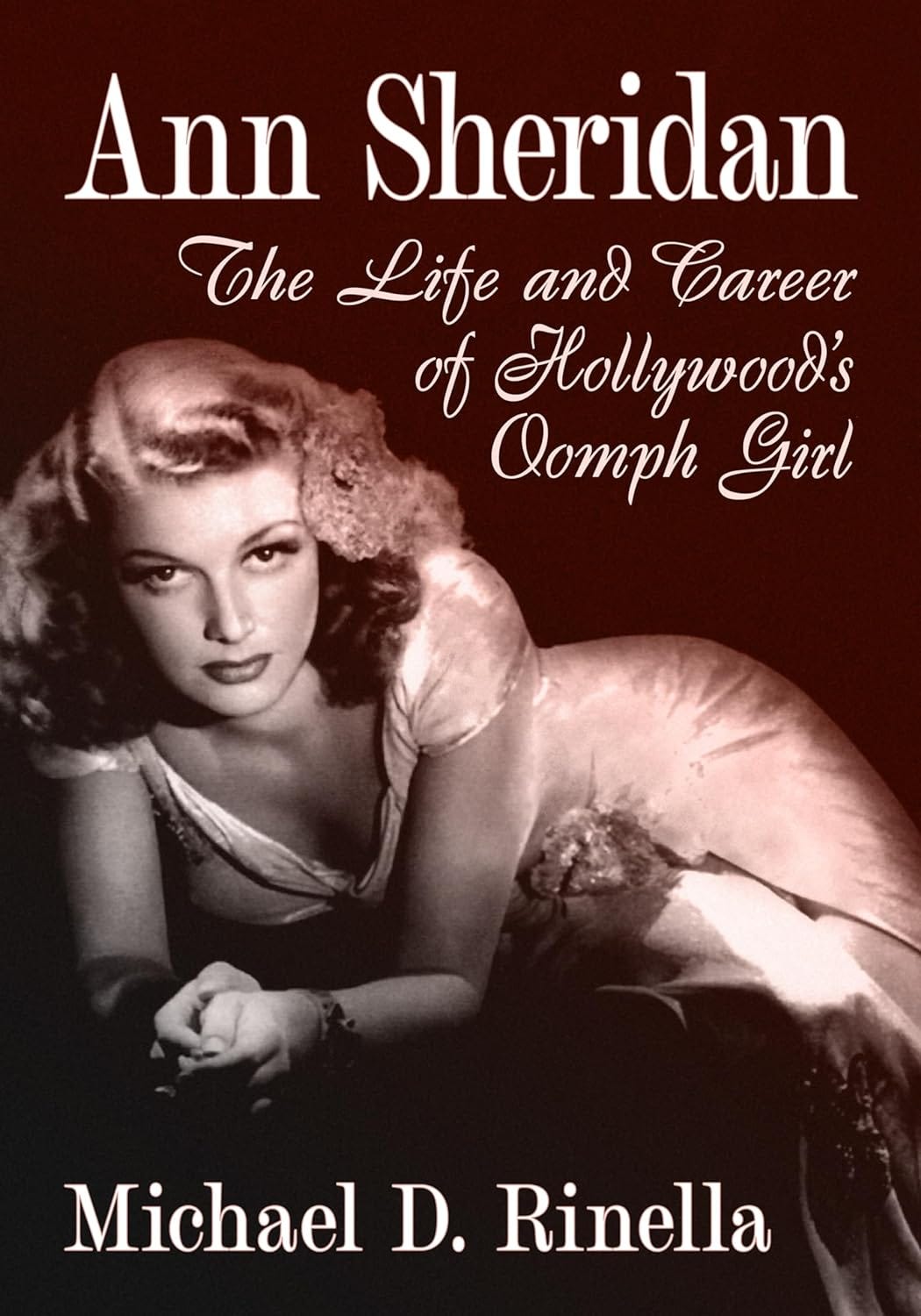

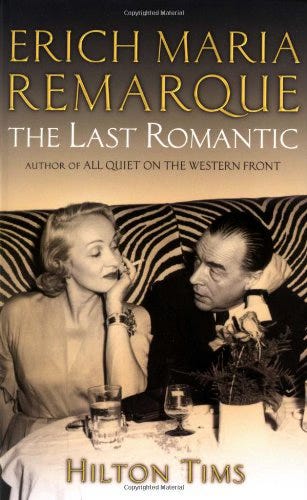
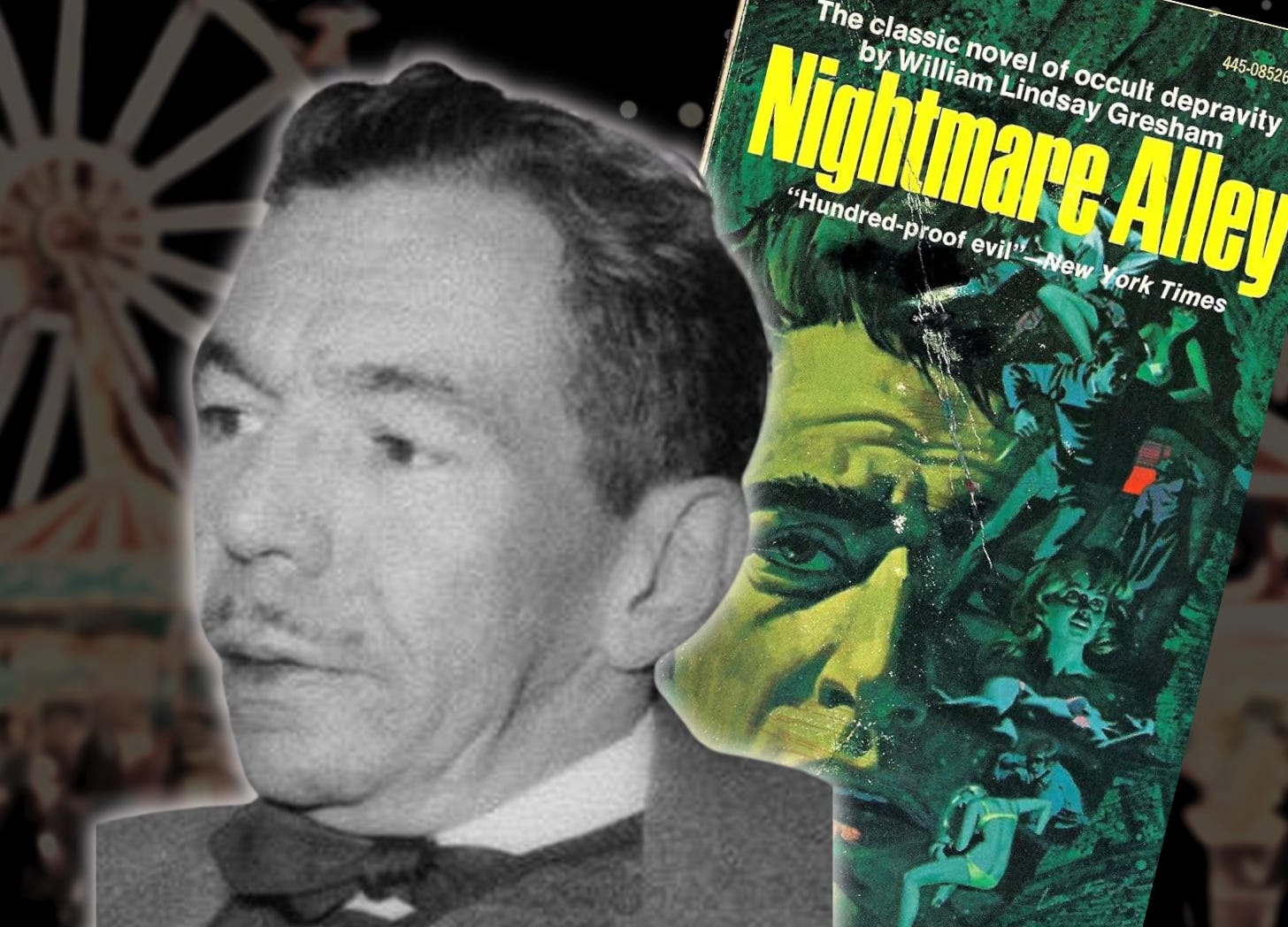
Looking closely, enlarging the photo, the handcuffs are the standard "push thru" model of the Peerless Handcuff company that had been used by the L.A.P.D. and most police forces across the country. They all used the same key so the officer only needed to take out his key to unlock the cuffs which were the same type that he had. The hacksaw is for the benefit of the camera. I really lean to this being a publicity stunt of some sort.
What some fans won't do to meet their idols- in spite of the old saying that they shouldn't.